NINETEENTH DYNASTY (1295 – 1186 B.C)
The real founder of the 19th dynasty was general Horemheb. Dynasty line started with Marshal Pramesom, which changed its name to Ramses.
Ramses I (Ramesses I) (1295 – 1294)
Ramses was one of Horemheb military generals since Pharaoh had no son to succeed him. The pharaoh reigned only for two years because he was already quite old and he immediately set his son Seti as a co-ruler. On tombs drawings it is visible impact of Amarna art, which means that the Akhenaton reform had a greater impact in art than in politics and religion. In his time began the construction Hall of the Columns in Karnak.
Seti I (1294 – 1279)
He fought with Amorites, Armenians, Libyans and Hittites; and he won in these battles. He fought also with Muwatalli (Hittite) in Kadesh. During his reign started a construction of the temples and strengthen of the state which reached its peak during period his successor reign.
He has led several successful wars in Palestine, Syria and Libya. During his time, the God Seth has gained new connotations; he reaches ranks of the Solar God. New Kingdom is shown as something that out of Ra’s boat kills snake Apepa.
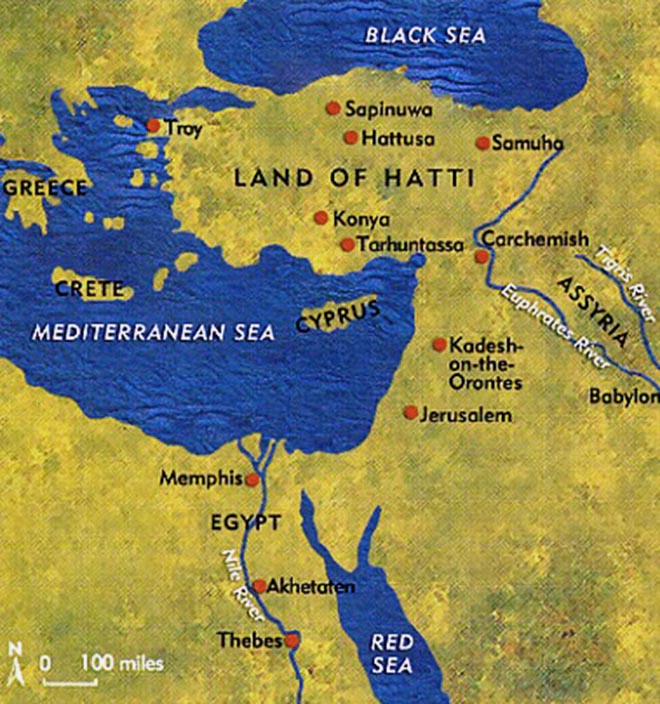


Ramses II (Ramesses II) (1279 – 1213)
He ruled for 67 years, and completely took advantage of the conditions that his father Seti created for him. He had three official wives, Nefertari, Isis-nofret, and Maathomeferure and they all had an important political role. The Battle of Kadesh (1274) took place in the fourth year of the Pharaoh’s reign as a part of the fight against Asian-Syrian war coalition.
In the coalition, which was led by the Hittites king Muwatalli II, participated Aegean Sea islands, various small states, which got along around the fact that further Egyptian expansion in the Northeast should be stopped.
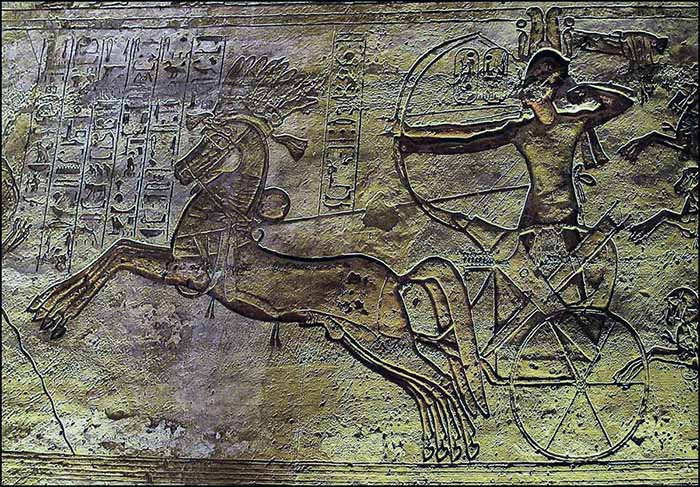


Ramses II went in the battle with a strong army, whose troops bear names of the Gods Ra, Amun, Ptah, and Seth.
At one point, he separated himself from the main forces and arrived in front of the town Kadesh. He found out that the coalition troops were not far from the town as he thought but they were nearby. The rebels realized that capturing the Pharaoh would give them an advantage so they surrounded the royal group. However, Ramses II, with its small guard, managed to break through back to his troops. No one was the winner of this battle and both sides suffered heavy losses, but the Egyptians had presented as their great victory.
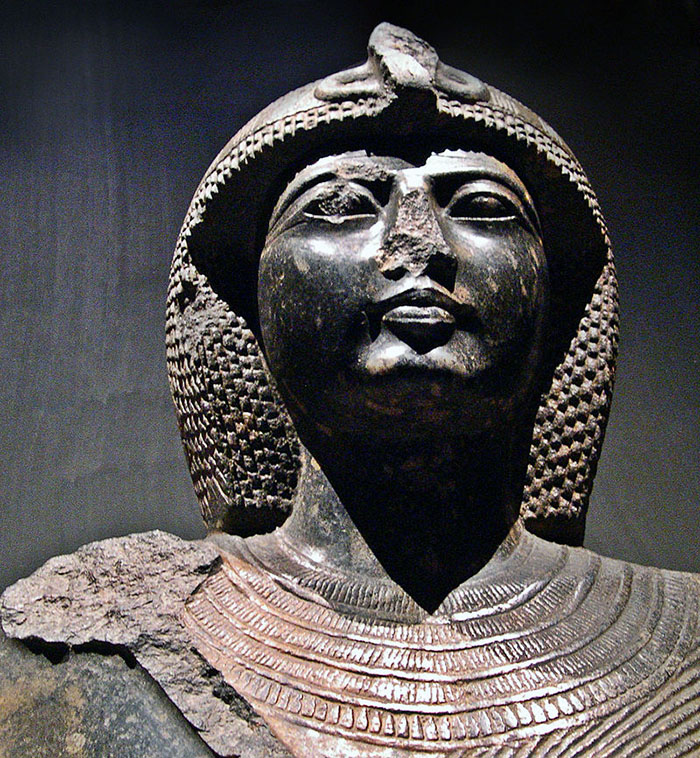


After a long period of battles, Ramses II made peace with Hatusili III. The agreement was later written on the walls of the temple at Karnak. Ramses II had around fifty children, and only few of them had prominent duties. Mary-Atum was the high priest in Heliopolis while Haemuaset was in Memphis. This gave to the Pharaoh support of the clergy, and clergy had a guarantee that the Pharaoh’s policy will be complied with their requirements.
Haemuaset also reconstructed historical monuments such as Djoser, Userkaf and Unis pyramid and he restored and added texts in the inscriptions inside pyramids. He made a decision to preserve older sanctuaries of Tuthmosis III instead of temple in Luxor. He also restored temples at Deir el Bahri. In thirty year of Ramses’ reign, Ramses II organized a celebration of Heb-Sed. The most important building achievements from Ramses period are some parts of Karnak, Ramses’ temple at Memphis and temples at Abu Simbel, etc. He founded his own capital Per Ramses’ (Pi-Ramesses) in the eastern Delta
Merneptah (1213 – 1203)
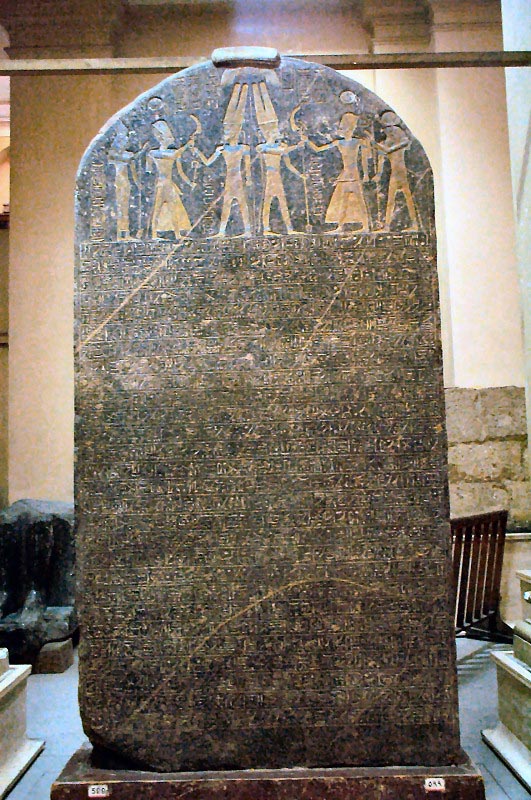


He was second son of Isis-nofret and thirteenth heir to the throne according to the hereditary line. Twelfth Ramses’ children – potential heir to the throne, died before coming to throne; Merenptah inherited the throne at age of 13. He fought war against Libyans who gradually started to settle in Egypt and he fought nations from the sea. After Libyans defeat, he decided to attack Syrian-Palestinian areas. On one stela (Stele Israel) for the first mentioned Israel. This means that the mythical flight of the Jews from slavery in Egypt happened much earlier, because from this stela it was obvious that Jews already had their own country. Due to Ramses II long and relatively luxurious reign, a country finances were much depleted. Merneptah even had to bring down the Amenofis III. temple in order to build his own.
Amenmesse (Menmire) (1203 – 1200)
Seti II was a successor to the throne but instead of him, Amenmese came to throne. Historians believed that at the time of giving throne to the Seti II he was in the foreign delegation and that is how Amenmese “made his way” to the throne.
Seti II. (1200. – 1194.)
Ramses Siptah (Merenptah-Siptah)(1194 – 1188)
His mummy shows that he had a severe deformity of one foot. He died without an heir to the throne and on the throne came his mother Tausret.



Queen Tausret (Twosret «Mighty») (1188. – 1186.)
She died in 1186. and with her death ends a series of rulers in direct blood relationship with Ramses II and his father. During 20. Dynasty there was a confusion, which followed a series of weak rulers, which call themselves Ramses. After death of Tausret, real authority in Egypt was in the hands of the Chancellor Bay who built for himself the tomb in the Valley of the Kings.
TWELFTH DYNASTY (1186. – 1069.)
Sethnakht (1186 – 1184)
Ramses III. (1184 – 1155)
Ramses III ruled in one of the most difficult periods in Egyptian history. He was at war with Libyans and the “people of the sea”. In the naval battle of the Nile mouth, he managed to fight them back.
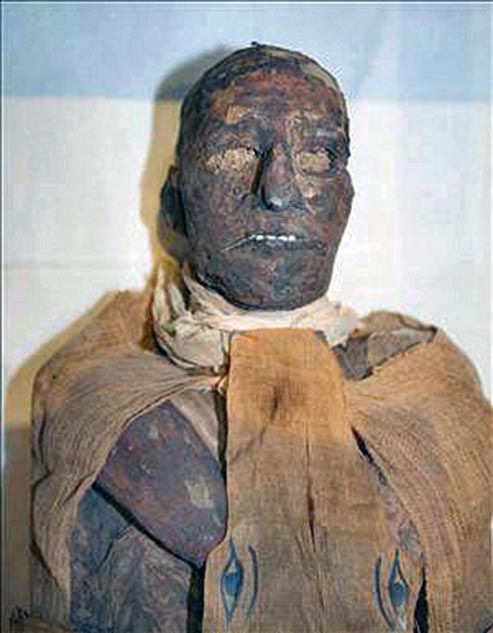


The workers in Deir el Medina also rebelled against the ruler. (Strike papyrus). Conspiracy against pharaoh was plotted in the court. One of his wives led a conspiracy; Tiye wanted to set her son Pentawer as a Pharaoh. The conspiracy succeeded, but it was soon unmasked; Pentawer was sentenced on to a suicide by drinking poison, as well as the governor of Pharaoh’s Treasury. Judges were a bit lenient towards the queen and therefore later judges had a trial. Some of them were sentenced to cutting off ears and nose, and one was sentenced to suicide.
Ramses IV (1155 – 1147)
Citizens were divided into courtiers, governors, soldiers, and peasants and taxes were increased.
Ramses V – XI. (1147 – 1069)
About these rulers, it is very little known, but the country was dominated by the crisis and the impact of the pharaoh rapidly weakened. Moreover, what about Pharaoh, whom can he still command? – This is a fragment of a letter from the period of Ramses IX reign. There are more and more robberies of the pharaoh tombs so priests decided to hide mummies of kings and high priests in to a special hiding place in the hills, in order to protect the bodies of Pharaoh, which they needed for eternal life. That is why archeologists discovered in the Amenhotep II. tomb mummies of Amenhotep III, Amenhotep III, Merenptaha, Ramses V, Ramses VI, Seti II, Siptah and Tuthmosis III. In addition, they discovered a mummy for which they believed it belonged to the Queen Tea. There are some interpretations that priests themselves used treasures from the Pharaoh tombs in order to pull the country out of crisis. It is not surprising, given that the Amun priesthood strengthened since the time of Akhenaton. The Ramses XI. was overthrown from the throne by the Amun’s priest. He declared himself Pharaoh after that.
Save
